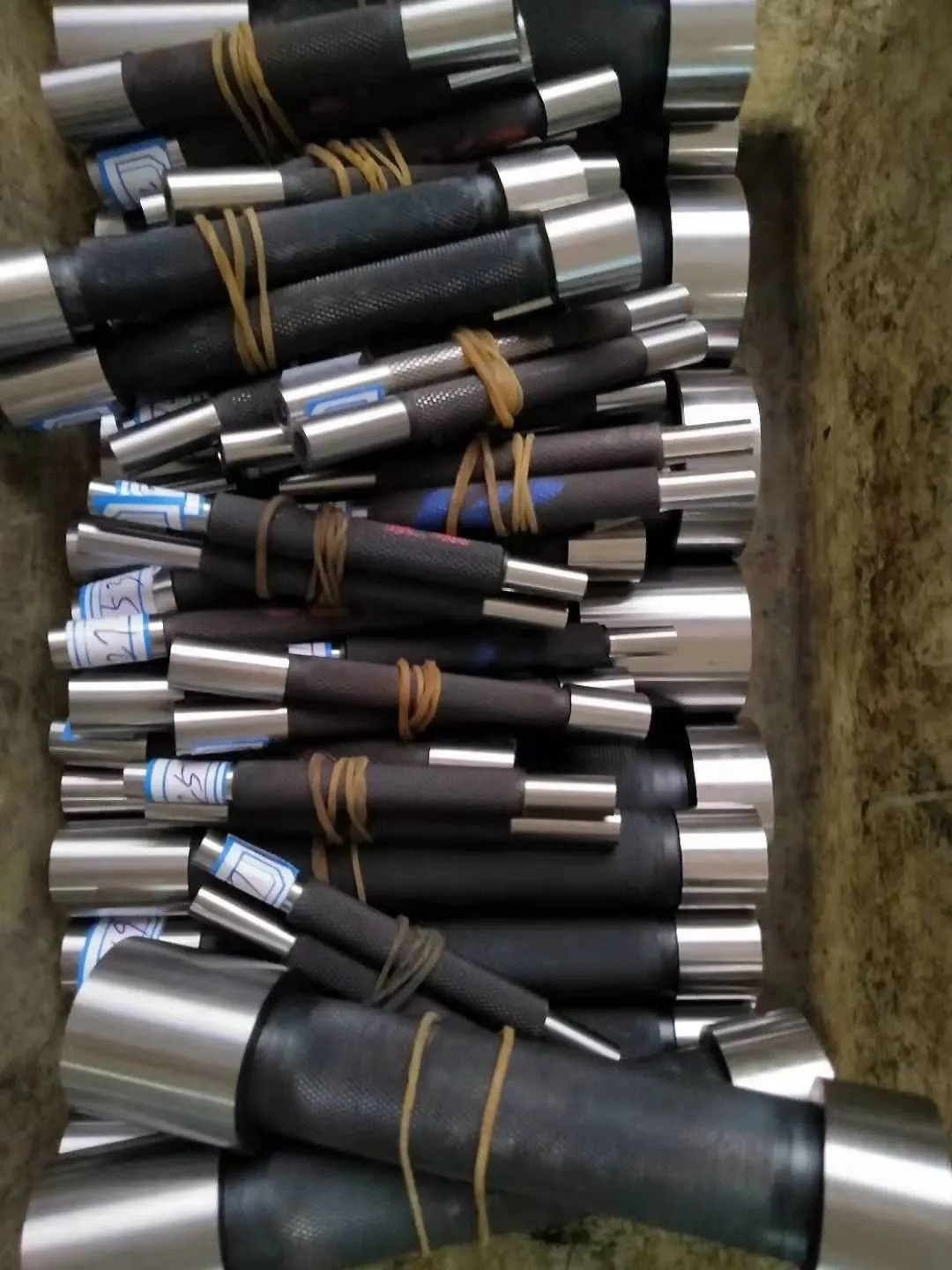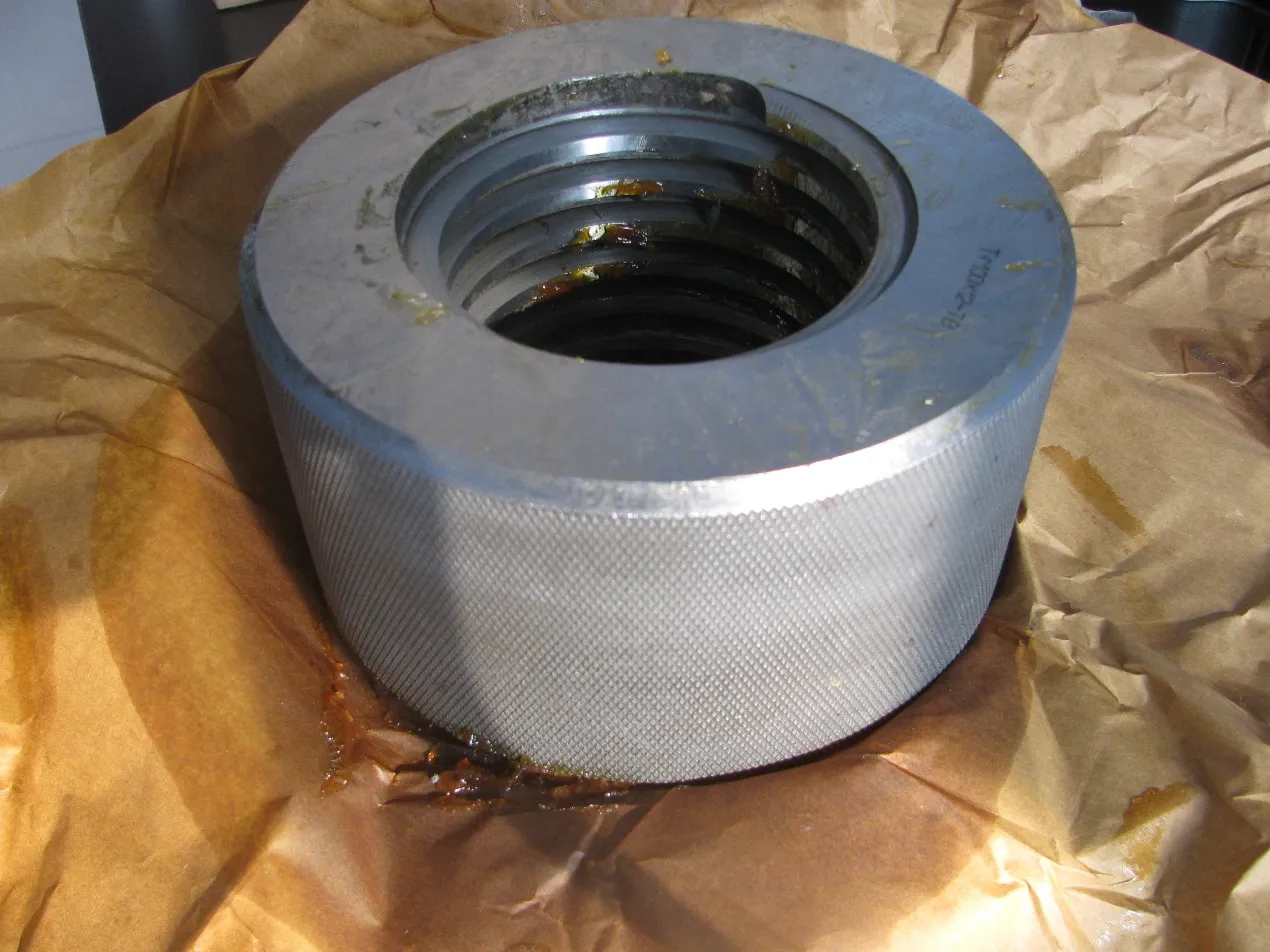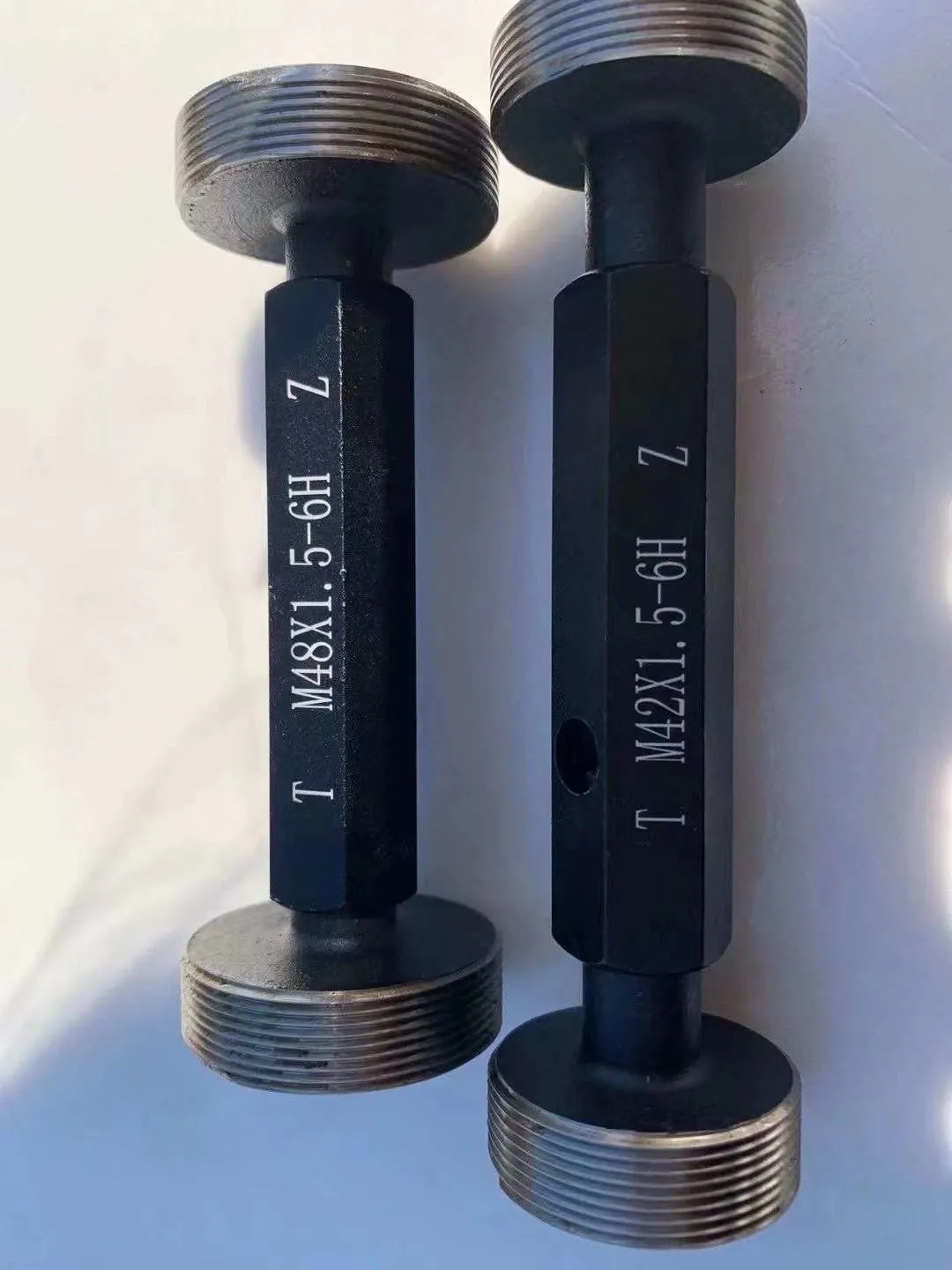Jun . 11, 2025 14:17 Bali menyang dhaptar
Gauge Measurement Tools for Aircraft Engine Maintenance
Ensuring the safety and reliability of aircraft engines demands precision at every step of maintenance, and gauge measurement tools play a pivotal role in this process. These instruments are the backbone of quality control, enabling technicians to verify that engine components meet strict engineering standards. From intricate part inspections to routine calibrations, different measuring tools serve unique purposes in maintaining the integrity of aircraft engines. In this guide, we’ll explore the essential types of gauge measurement tools, their applications, and how they contribute to optimal engine performance—plus answer common questions to help you make informed choices for your maintenance needs.

Essential Types of Gauge Measurement Tools in Aircraft Maintenance
The aviation industry relies on a diverse range of gauge measurement tools designed for specific tasks, each engineered to deliver accuracy in challenging environments.
Dial Indicators
These versatile tools measure linear or angular displacement, ideal for checking shaft alignment, bearing clearances, or component runout. A dial indicator features a rotating dial with a pointer that reflects minute movements, allowing technicians to detect deviations as small as 0.001 millimeters. Their compact design and high sensitivity make them indispensable for precision tasks on engine parts like turbine blades or cylinder heads.
Micrometers
Used to measure the thickness, diameter, or length of components, micrometers provide precise readings with mechanical precision. Outside micrometers gauge the external dimensions of shafts or fasteners, while inside micrometers measure internal diameters of bores or holes. Their screw-based mechanism ensures consistent pressure during measurement, minimizing errors caused by human touch or environmental factors.
Bore Gauges
Engine cylinders and bearing housings require meticulous inspection, which is where bore gauges excel. These tools measure the diameter and roundness of cylindrical bores, identifying wear, corrosion, or misalignment that could compromise engine performance. Some models feature digital displays for instant readings, while others use mechanical probes to adapt to tight spaces within engine compartments.
Feeler Gauges
Thin, flexible blades of varying thickness, feeler gauges check the clearance between two mating surfaces—such as piston rings and cylinder walls or valve components. They help ensure proper gaps for lubrication, heat dissipation, and mechanical movement, preventing friction-related damage that could lead to engine failure.

Key Applications of Measuring Tools in Engine Component Inspection
Measuring tools are critical at every stage of aircraft engine maintenance, from initial assembly to periodic overhauls.
Turbine Blade Inspection
Turbine blades endure extreme temperatures and stress, making dimensional accuracy non-negotiable. Dial indicators and optical comparators (a type of gauge measurement tool) verify blade curvature and edge thickness, ensuring they conform to aerodynamic designs that optimize fuel efficiency and reduce noise.
Bearing and Shaft Alignment
Misaligned bearings or shafts can cause vibration, increased wear, and energy loss. Laser alignment tools—combined with traditional dial indicators—help technicians adjust components to within thousandths of a millimeter, a precision level essential for smooth engine operation and extended part lifespan.
Fastener and Seal Integrity
Bolts, nuts, and seals must meet strict torque and dimensional standards to prevent leaks or mechanical failure. Torque wrenches (a specialized measuring tool) ensure fasteners are tightened to manufacturer specifications, while calipers check the thickness of seals to confirm they can withstand pressure and temperature fluctuations.
Ensuring Precision: Calibration and Standards for Gauge Measurement Tools
Even the most advanced gauge measurement tools require regular calibration to maintain accuracy. Aviation standards, such as those set by the International Organization for Standardization (ISO), mandate that measurement instruments undergo periodic testing against traceable reference standards.
Calibration involves comparing a tool’s readings to a known precision standard, adjusting for any deviations, and documenting results to ensure compliance. This process is critical in aircraft maintenance, where a single millimeter of error could have catastrophic consequences. Technicians must also store tools in controlled environments—free from moisture, extreme temperatures, or physical damage—to preserve their mechanical integrity over time.
Investing in tools with built-in calibration features, such as digital models that store calibration data or self-check functions, can streamline maintenance workflows and reduce downtime. Always verify that your different measuring tools come with certification of compliance to international aviation standards, ensuring they meet the rigorous demands of engine maintenance.

FAQs About Gauge Measurement Tools for Engine Maintenance
What advantages do specialized gauge measurement tools offer over general-purpose instruments?
Specialized gauge measurement tools are engineered for aviation-specific challenges, such as measuring in tight spaces, resisting corrosion from jet fuels, or withstanding vibration during engine operation. They offer higher precision, durability, and compatibility with industry standards, reducing the risk of human error and ensuring reliable data for maintenance reports.
How do I choose the right measuring tools for my aircraft engine workshop?
Start by identifying your most common tasks—such as bore inspections, torque testing, or alignment checks—and select tools that match those needs. Prioritize versatility where possible; for example, a digital caliper that measures both internal and external dimensions can replace multiple manual tools. Look for models with ergonomic designs to improve technician comfort during long inspections, as well as rugged construction to withstand frequent use in industrial settings.
Can improper calibration of gauge measurement tools affect engine safety?
Yes—uncalibrated tools can provide inaccurate readings, leading to missed defects or incorrect adjustments. For instance, a miscalibrated dial indicator might fail to detect a slight shaft misalignment, which could escalate into a costly mechanical failure. Regular calibration (as recommended by the manufacturer or industry standards) is non-negotiable for maintaining safety and compliance.
How do I maintain the longevity of my measuring tools?
Store tools in protective cases when not in use, clean them after each use to remove debris or lubricants, and avoid dropping or mishandling them. Follow the manufacturer’s guidelines for lubrication (if applicable) and environmental storage conditions. Regularly inspect for signs of wear, such as loose screws on mechanical tools or battery issues in digital models, and address problems promptly to prevent further damage.
Are there lightweight or portable options for gauge measurement tools used in field maintenance?
Absolutely— battery-powered versions of measuring tools like digital calipers, laser alignment kits, and portable bore gauges. These designs are ideal for on-site inspections or remote engine checks, combining precision with ease of transport. Look for models with long battery life and shock-resistant casings to ensure reliability in challenging field environments.
Gauge measurement tools are the unsung heroes of aircraft engine maintenance, ensuring every component meets the rigorous standards of safety and performance that aviation demands. By understanding the types of different measuring tools available, their applications, and how to maintain their precision, you can elevate your maintenance practices and protect the integrity of every engine under your care. Whether you’re outfitting a workshop or seeking tools for field use, prioritizing quality, calibration, and purpose-built design will help you achieve excellence in every measurement.
-
Precision Manufacturing with Advanced Spline Gauge DesignKabarJul.31,2025
-
Industrial-Grade Calibrated Pin Gauges for Exact MeasurementsKabarJul.31,2025
-
Industrial Filtration Systems Depend on Quality Filter DN50 SolutionsKabarJul.31,2025
-
High-Performance Gate Valve WholesaleKabarJul.31,2025
-
Granite Surface Plate The Ultimate Solution for Precision MeasurementKabarJul.31,2025
-
Granite Industrial Tools The Ultimate Guide for Bulk BuyersKabarJul.31,2025
PRODUK sing gegandhengan









